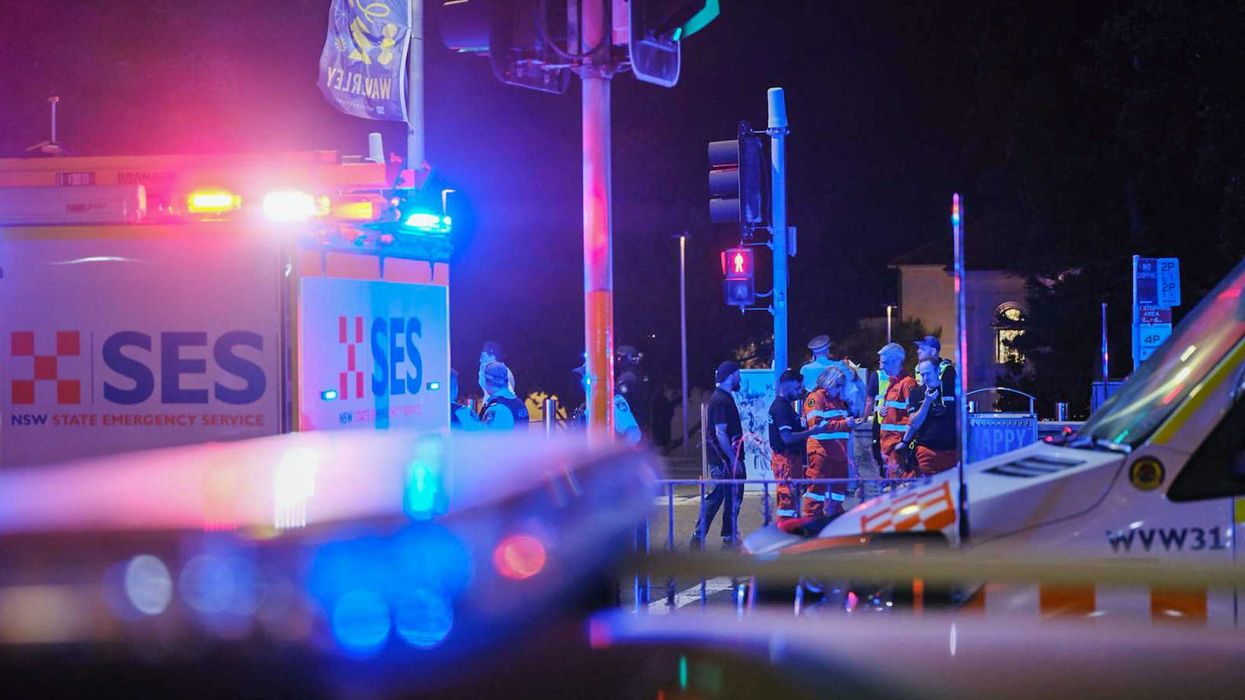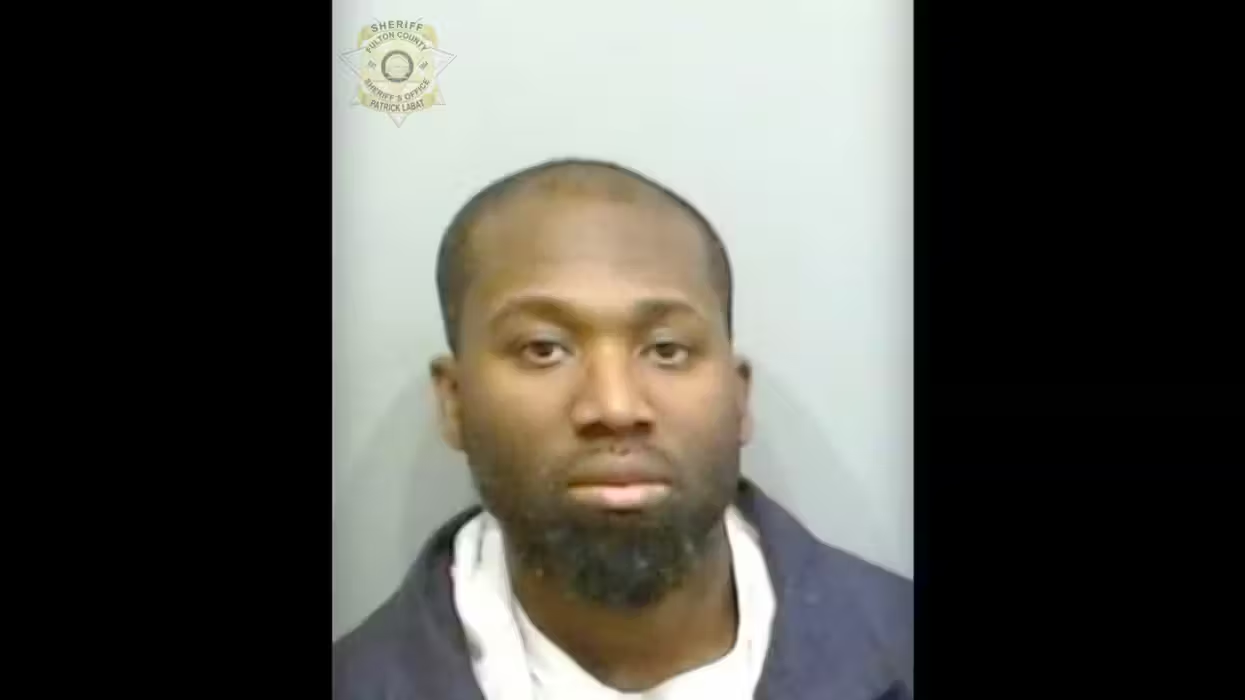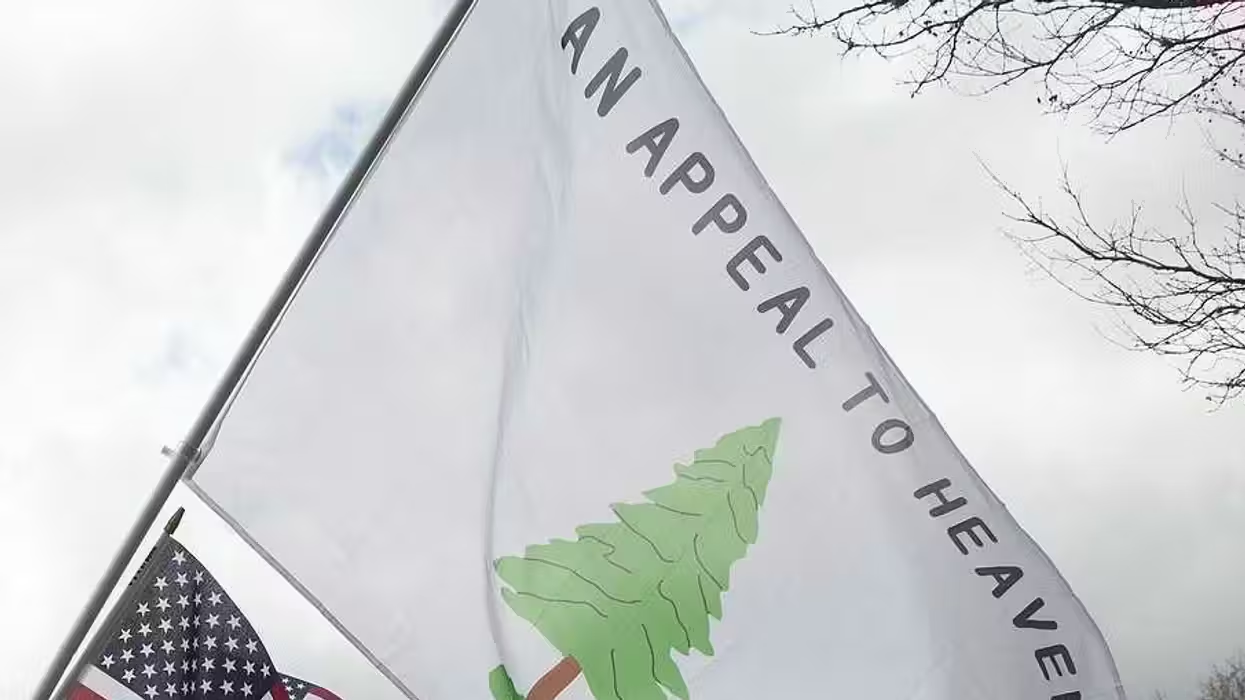
© 2025 Blaze Media LLC. All rights reserved.
Even Congress’ research arm vouches for Trump’s border funding authority
January 25, 2019
The political class, including many conservative insiders, will look at you with wild eyes if you suggest that president has the authority to either declare an emergency at our border or use defense funds for an operation that should be the highest priority of national defense. But Congress’ own research arm makes it clear that such delegated authority to the president has been the norm since our Founding.
While many have complained that the 1976 National Emergencies Act (NEA) is too broad, the Congressional Research Service (CRS) memo, which was first posted by the Daily Caller, makes it clear that that this act actually limited the president’s authority relative to what it was before:
By 1973, Congress had enacted over 470 statutes granting the President special authorities upon the declaration of a “national emergency,” but had imposed no substantive or procedural limitations on either the President’s discretion to declare an emergency or the duration of such emergencies. After a Special Committee of the Senate concluded in a 1973 report that the President’s crisis powers “confer[red] enough authority to rule the country without reference to normal constitutional process,” Congress enacted the NEA in 1976 to pare back the President’s emergency authorities.
But if you look at the text of the NEA, the only substantive burdens it placed on the president during such a declaration are to articulate which statue he is using, publish the proclamation in the federal register, and transmit to Congress all relevant regulations and expenditures under such declaration. It also forces the president to renew the declaration every year and authorizes Congress to disapprove of the declaration with a two-thirds vote in both houses. In other words, it mandated more transparency on the president relative to our prior history, but never imposed upon him legally enforceable conditions for determining whether the problem rises to the level of a national emergency.
To give a sense of how common the use of this power is, the CRS notes that “31 national emergencies declared pursuant to the NEA are in effect, with Presidents having renewed certain emergencies for decades.” They also cite an analysis from the Brennan Center for Justice that confirms “136 statutes provide the President with emergency authorities that he can invoke pursuant to the NEA.”
One of those authorities in effect today is the president’s power of blocking assets and prohibiting transactions with significant narcotics traffickers, which was put into effect in 1995 when the drug problem was a fraction of what it is today. Nobody can deny that the drug crisis is a national emergency, with tens of thousands of people dying every year from the drugs brought in by the cartels at our border.
I’ve already explained that upon a declaration of emergency, the president has the power to use unobligated defense funds to construct infrastructure when he deploys soldiers at our border and when that construction, in this case the wall, is “necessary to support such use of the armed forces.” It is very hard to read the statute as placing justiciable limits on this determination, and as such, any question of whether the wall is needed for a military operation is a political one to be debated in Congress and not a legal one to be debated in court. The CRS notes that it would be unprecedented for a court to second-guess the president’s determination of what is needed to support a military operation. But of course, we live in unprecedented times of judicial power.
But as the CRS makes clear, the president’s authority to construct fencing to counteract transnational organized crime and drug trafficking is unlimited and does not even require the declaration of a national emergency.
Another statute that authorizes the Secretary of Defense to assist civilian law enforcement with counterdrug activities may provide some authority for the construction of barriers along the border. 10 U.S.C. § 284 (Section 284) provides that the Secretary of Defense “may provide support for the counterdrug activities or activities to counter transnational organized crime” of any law enforcement agency, including through the “construction of roads and fences and installation of lighting to block drug smuggling corridors across international boundaries of the United States.” Use of Section 284 would not require a declaration of a national emergency under the NEA. However, the DOD’s Section 284 authority to construct fences appears to extend only to “drug smuggling corridors,” a condition that may limit where DOD could deploy fencing.
The drugs and the other criminal activity coming over the border are likely the most urgent aspect of this crisis, and the president would be well within his rights to declare an emergency over it. The president has already declared a public health emergency. Nonetheless, he doesn’t even need to declare a new crisis, which is why I believe he should go the § 284 route. There are other negative political implications about declaring a national emergency, which would be needed to trigger § 2808 of the NEA, that would elicit a lot of demagoguery from the media (such as the potential to use martial law). By focusing on his authority to use the Department of Defense to counter drugs and organized crime without a formal declaration of emergency, Trump will be taking the cleanest avenue, which is also the path that most accurately fits the reality at the border.
As I’ve noted before, I’m skeptical of the efficacy of a wall to stop lawfare-driven migration when the migrants don’t mind being apprehended and in fact want to meet a border agent and declare asylum. However, it is undeniable that border walls help to block out criminal activity and drug smuggling. Those with something to hide are certainly not going hang off a wall for 20 minutes when they are almost certain to get apprehended. They try to enter through the rural areas without fencing.
By plugging those holes, Trump will be fulfilling the quintessential intent of this statute. It is exactly in those “drug smuggling corridors” where we don’t have fencing and where cartels are moving in drugs while our agents are tied down with hundreds of bogus asylees surrendering themselves to them. Nobody can deny that the level of family members and drugs crossing, the latter enabled by the former, is worse than ever. As one border agent told CBS, "I've seen 6 different presidents in the time that I've been with the Border Patrol and this is the worst crisis that I've seen" and, "Operationally I can tell that you without a physical barrier at border patrol we have a very tough time succeeding."
Last October, the DOJ designated MS-13, Cartel de Jalisco Nueva Generacion (CJNG), Sinaloa Cartel, and Clan del Golfo as transnational crime organizations (TCOs). Now, those cartels are pouring meth into areas in Texas and Arizona.
It’s time for Trump to actually treat this like the emergency it is and at least begin with the authority he has under a non-emergency statute. Threatening to get what he wants without Pelosi is a great leverage point. As Trump said in “The Art of the Deal,” “The worst thing you can possibly do in a deal is seem desperate to make it. That makes the other guy smell blood, and then you’re dead.”
#mc_embed_signup{background:#fff; clear:left; font:14px}
/* Add your own MailChimp form style overrides in your site stylesheet or in this style block.
We recommend moving this block and the preceding CSS link to the HEAD of your HTML file. */
Want to leave a tip?
We answer to you. Help keep our content free of advertisers and big tech censorship by leaving a tip today.
Want to join the conversation?
Already a subscriber?
Blaze Podcast Host
Daniel Horowitz is the host of “Conservative Review with Daniel Horowitz” and a senior editor for Blaze News.
RMConservative
Daniel Horowitz
Blaze Podcast Host
Daniel Horowitz is the host of “Conservative Review with Daniel Horowitz” and a senior editor for Blaze News.
@RMConservative →more stories
Sign up for the Blaze newsletter
By signing up, you agree to our Privacy Policy and Terms of Use, and agree to receive content that may sometimes include advertisements. You may opt out at any time.
Related Content
© 2025 Blaze Media LLC. All rights reserved.
Get the stories that matter most delivered directly to your inbox.
By signing up, you agree to our Privacy Policy and Terms of Use, and agree to receive content that may sometimes include advertisements. You may opt out at any time.






